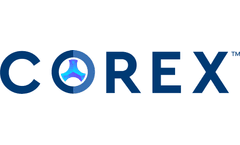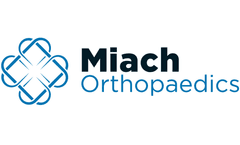Tibia Articles & Analysis
13 articles found
Explore how surgeons are using COREX to harvest cancellous bone graft using a minimally invasive ...
” Treatment of ACL Tears The ACL, one of four ligaments within the knee that connects the femur to the tibia, is one of the most commonly injured ligaments in the knee, particularly among athletes. ...
The anterior cruciate ligament, better known as the ACL, is one of the two ligaments in the center of your knee that connect the femur to the tibia. It’s also one of the most commonly injured, especially among athletes. ...
Over time, the implant allows the ACL to fuse back together, maintaining the original attachments to the femur and tibia. After approximately eight weeks, the implant is resorbed by the body and replaced with tissue that continues to strengthen over time. ...
Patients must have an ACL stump attached to the tibia to facilitate the restoration. The BEAR device must be implanted within 50 days of injury. ...
Patients must have an ACL stump attached to the tibia to facilitate the restoration. The BEAR device must be implanted within 50 days of injury. ...
The ACL is one of four ligaments within the knee that connects the femur to the tibia. It’s also one of the most commonly injured ligaments in the knee, particularly among athletes. ...
The anterior cruciate ligament, better known as the ACL, is one of the four ligaments within the knee that connect the femur to the tibia. It’s also one of the most commonly injured ligaments in the knee, especially among athletes. ...
The residual limb ends at the distal base of the tibia. A complication of the Syme amputation is migration of the heel pad, which is not firmly fixed to the tibia. ...
’ Nor should I ever cut any patient’s tibia without putting a ruler on it. And so, you've provided that ruler for me and I appreciate it. ...
The FORTIFY study was initiated in 2017 with the purpose to evaluate the ability of CERAMENT G to improve the treatment outcomes for patients with open tibia fractures G-A II-IIIB. Last patients follow up took place in June 2021. ...
Purpose: Our goal was to determine the effects of two supervised, twice-weekly, high-intensity exercise programs on bone geometry and strength of the proximal femur, and distal and proximal sites of the tibia and radius in middle-aged and older men with osteopenia and osteoporosis. ...
Testing included DXA- and pQCT-derived measures of bone mass and indices of bone strength and QUS-derived measures of bone quality of the dominant (D) and non-dominant (ND) upper (radius) and lower limbs (femoral neck, tibia, calcaneus). The present study examined those participants who completed the impact training (IT; n = 10) and resistance training (RT; n = 12) arms of the ...






